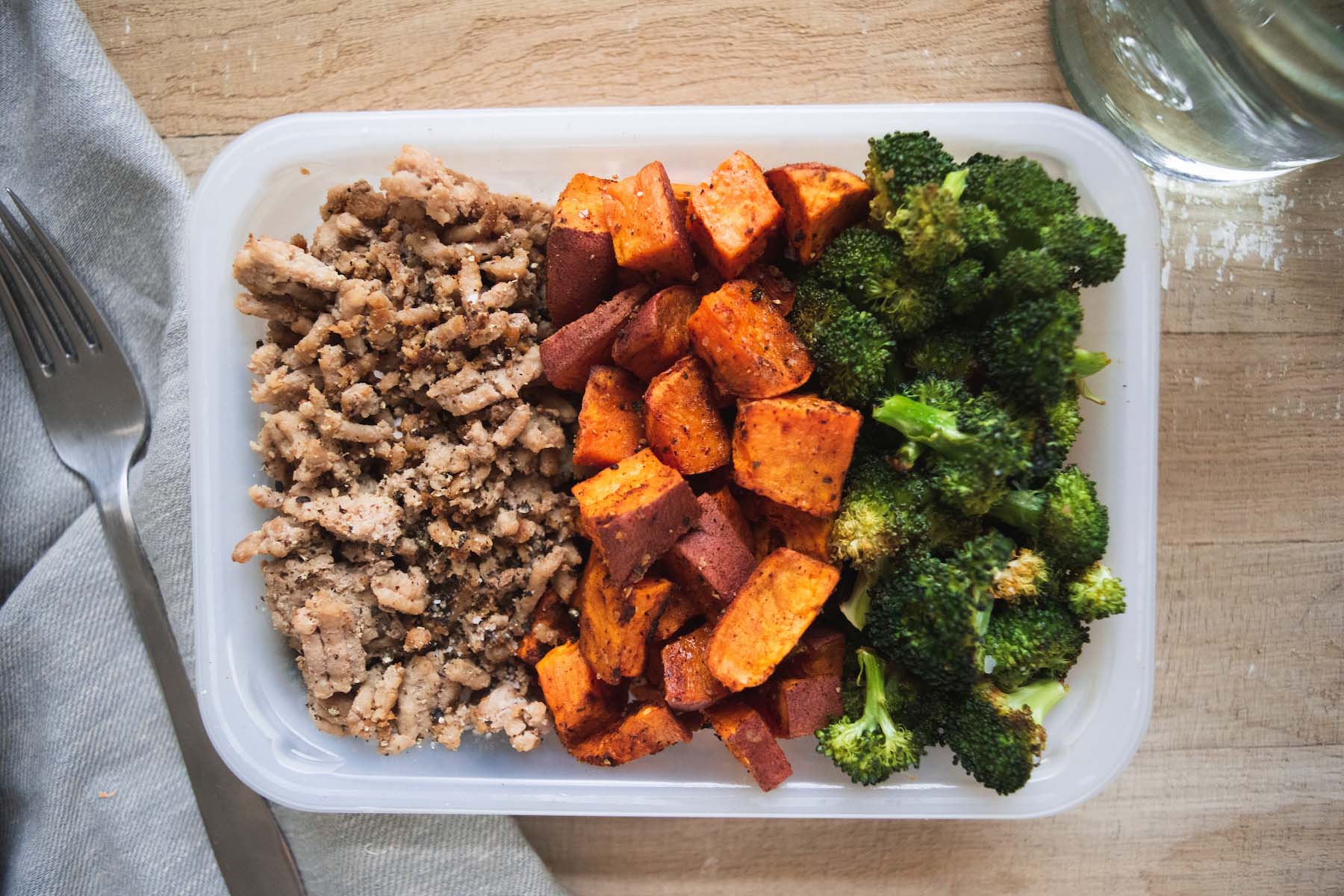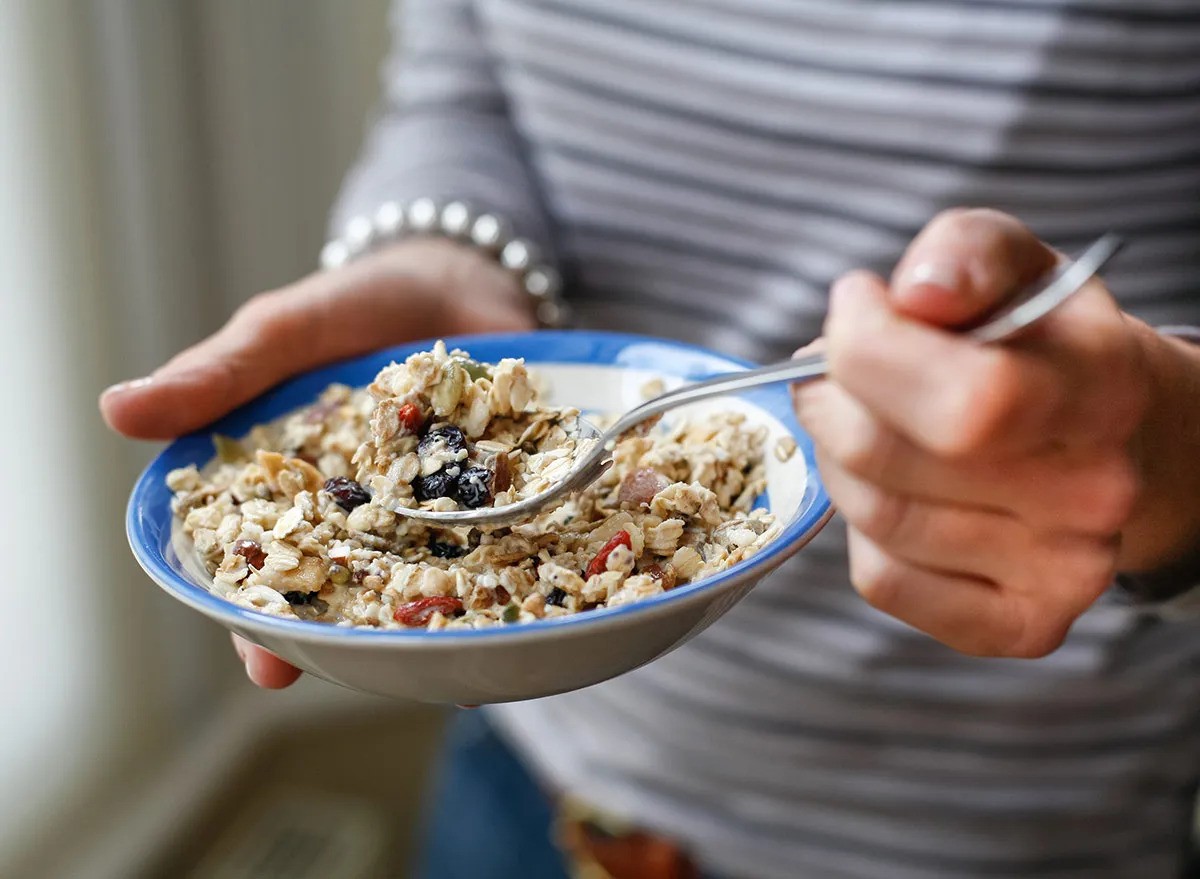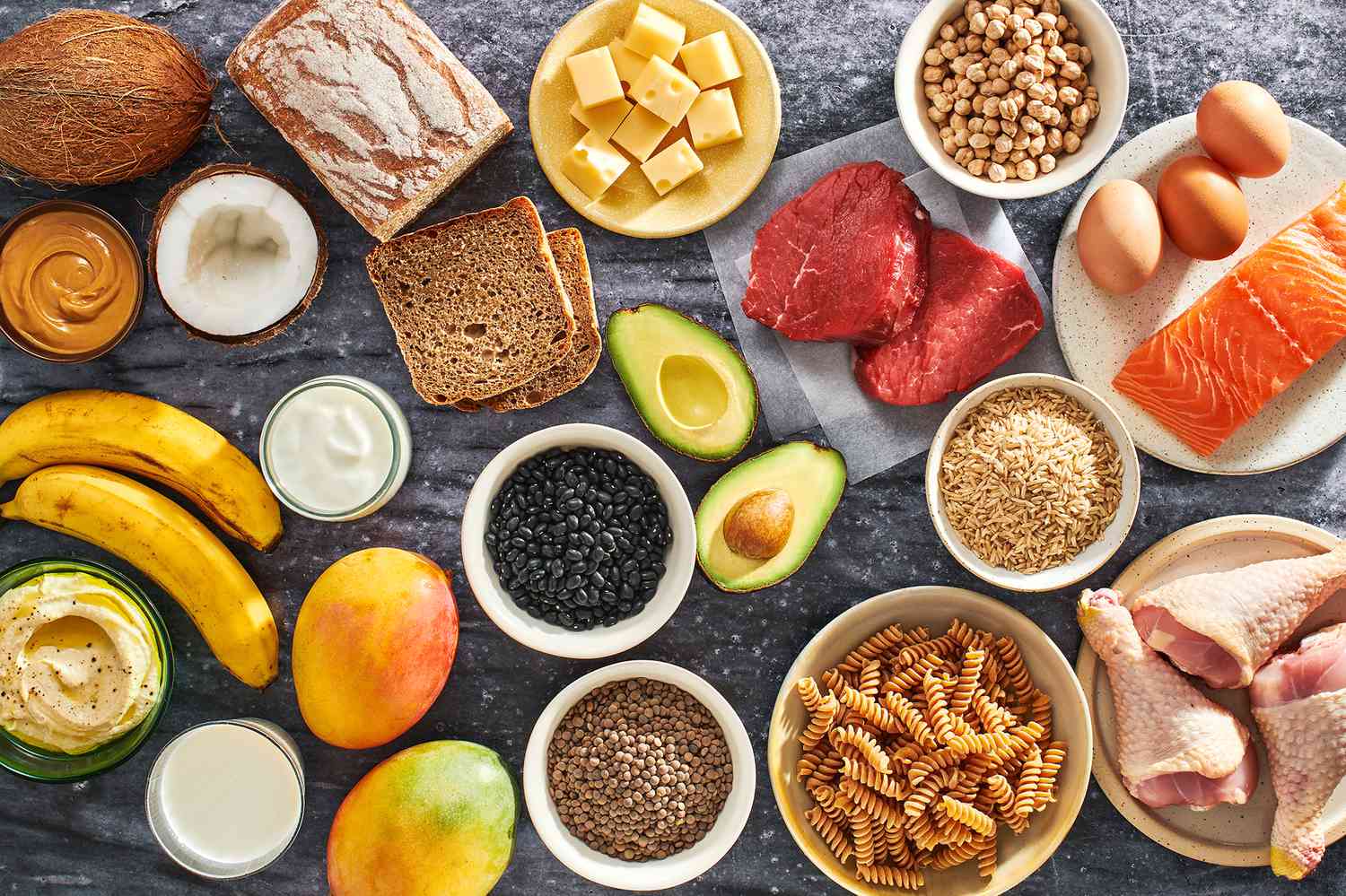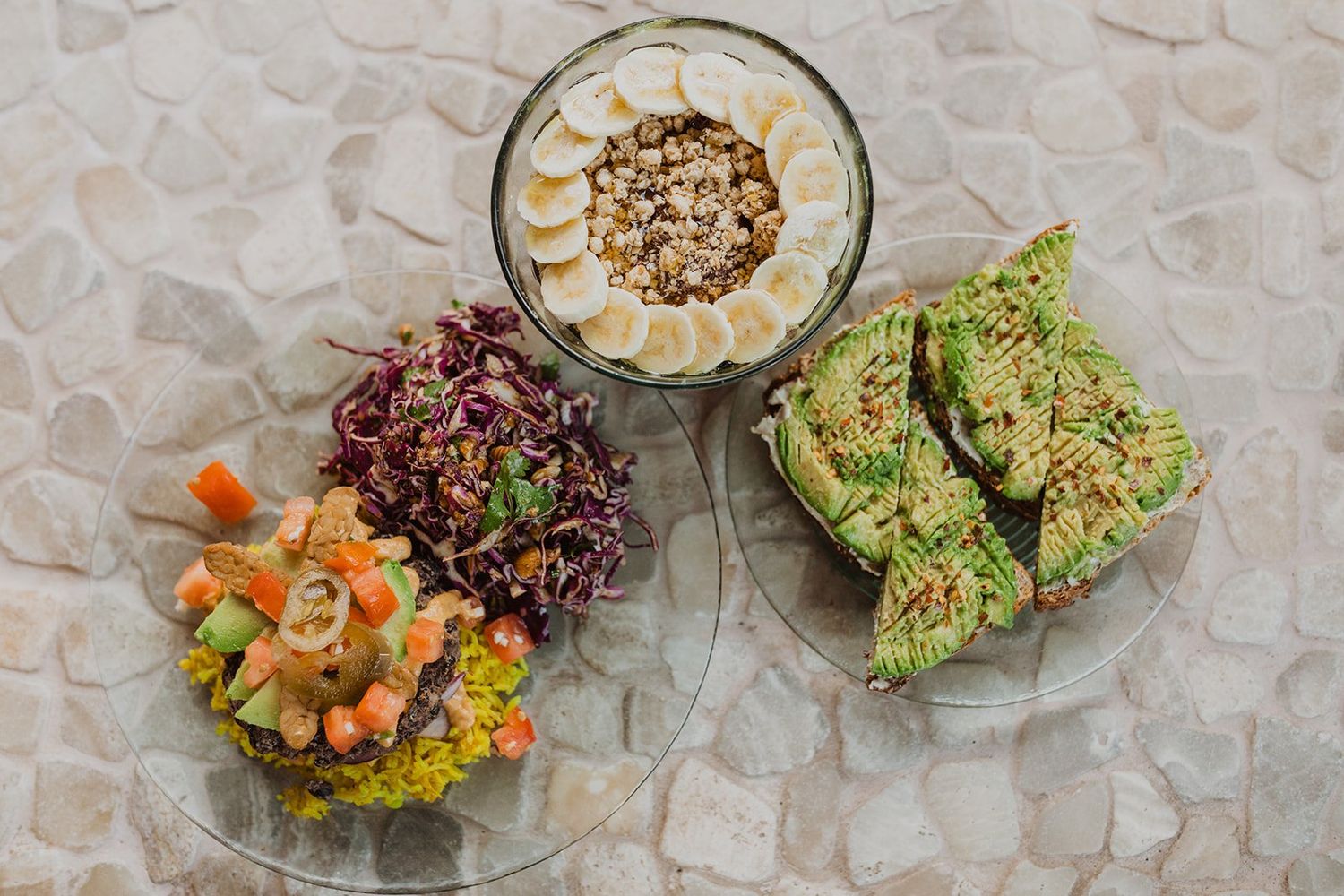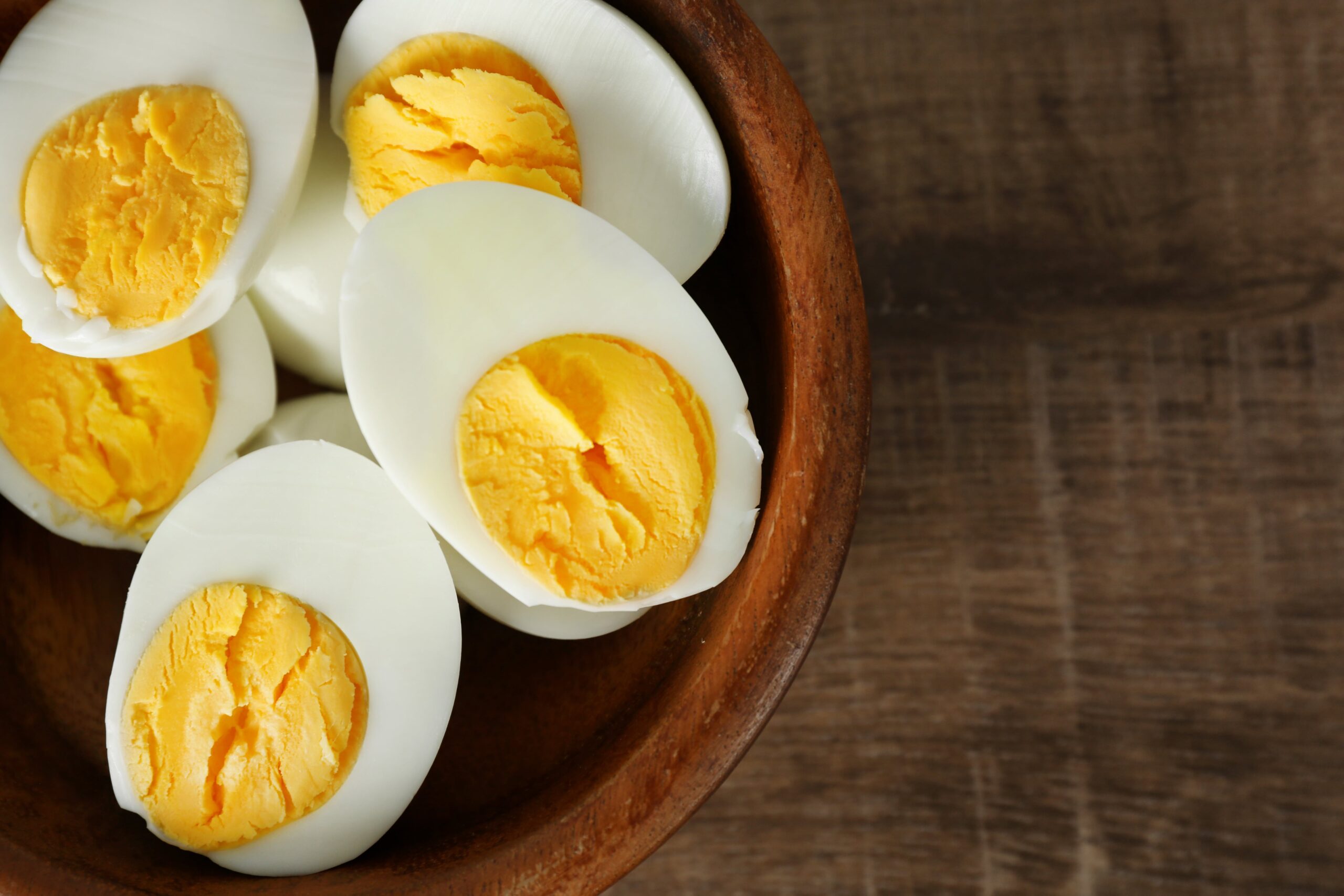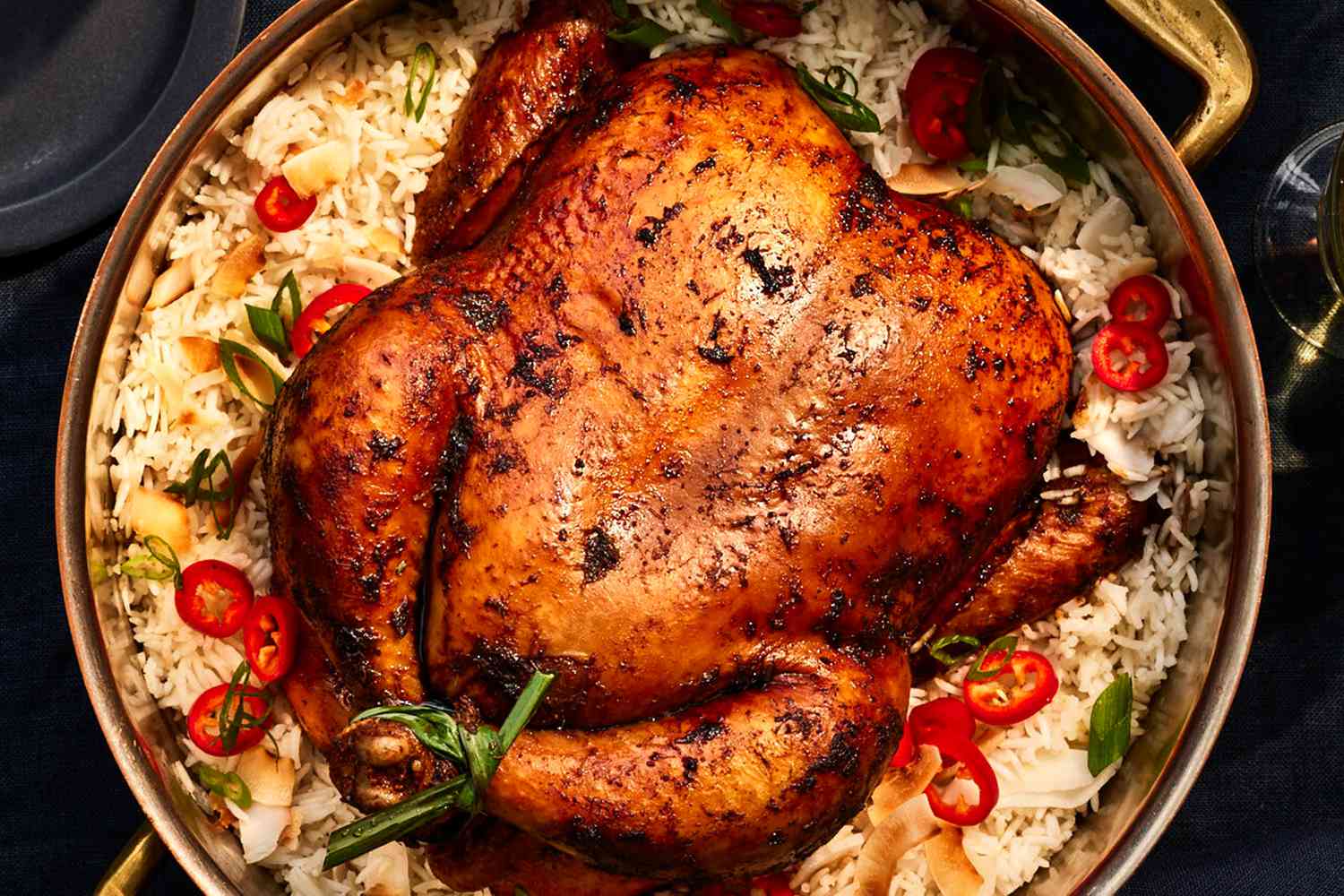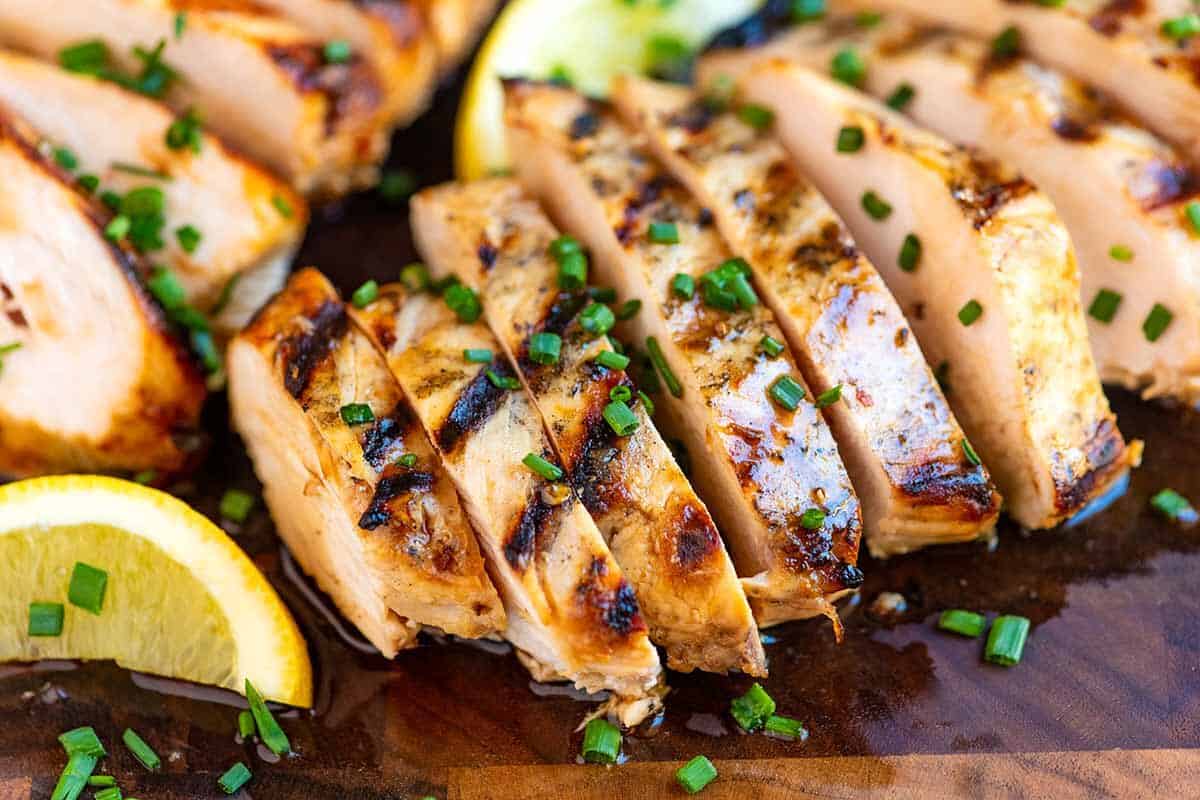How to Easily Consume 150 Grams of Protein Every Day
Protein is an essential macronutrient that plays a crucial role in building and repairing tissues, producing enzymes and hormones, and supporting overall health. For many individuals, especially those who are physically active or looking to build muscle, consuming an adequate amount of protein is a top priority. If you’re aiming to consume 150 grams of protein daily, here are some simple and effective strategies to help you reach your goal.
1. Prioritize Protein-Rich Foods
When aiming to increase your protein intake, it’s important to prioritize foods that are high in this macronutrient. Include a variety of protein-rich foods in your diet such as:
- Lean meats like chicken, turkey, and beef
- Fish and seafood
- Eggs and egg whites
- Dairy products such as Greek yogurt, cottage cheese, and milk
- Plant-based sources like tofu, tempeh, lentils, and chickpeas
2. Plan Your Meals
Creating a meal plan can help ensure that you’re consuming enough protein throughout the day. Aim to include a protein source in each meal and snack. For example, you might have eggs for breakfast, grilled chicken in your salad at lunch, and salmon for dinner. Snacks like Greek yogurt, cheese, or protein shakes can also help boost your daily protein intake.
3. Use Protein Supplements
Protein supplements such as whey protein powder, casein protein, or plant-based protein powders can be convenient options to increase your protein intake. They can be easily added to smoothies, oatmeal, or even used to make protein-packed snacks like energy balls or bars.
4. Opt for High-Protein Snacks
Choosing high-protein snacks can be an effective way to increase your daily protein intake. Snack options like beef jerky, hard-boiled eggs, cottage cheese, or protein bars can provide a quick and easy source of protein between meals.
5. Include Protein in Every Meal
Make a conscious effort to include protein in every meal you consume. Whether it’s breakfast, lunch, or dinner, having a protein component in each meal can help you reach your daily target. This could be in the form of animal or plant-based protein sources.
6. Monitor Your Portions
Pay attention to portion sizes to ensure you’re getting an adequate amount of protein. For example, a serving of meat or fish is typically around 3-4 ounces, while a serving of Greek yogurt is about 6-8 ounces. Understanding portion sizes can help you track and meet your protein goals.
7. Cook in Bulk
Preparing meals in advance and cooking in bulk can make it easier to consume enough protein throughout the week. Consider cooking large batches of protein-rich foods like grilled chicken, quinoa, or lentils, and portioning them out for meals to enjoy throughout the week.
8. Snack Wisely
When choosing snacks, opt for options that are not only delicious but also high in protein. This can help you avoid reaching for empty-calorie snacks and instead, fuel your body with the protein it needs to thrive.
By incorporating these strategies into your daily routine, reaching a daily protein intake of 150 grams can be achievable and sustainable. Remember to prioritize protein-rich foods, plan your meals, and make use of supplements when necessary to support your protein goals.
Whether you’re an athlete, fitness enthusiast, or simply looking to improve your overall nutrition, consuming an adequate amount of protein is key to supporting your health and wellness goals.
